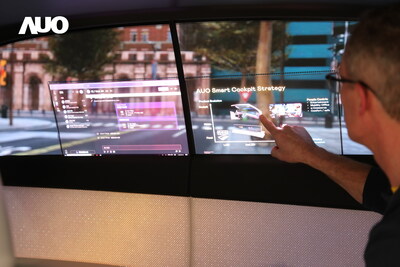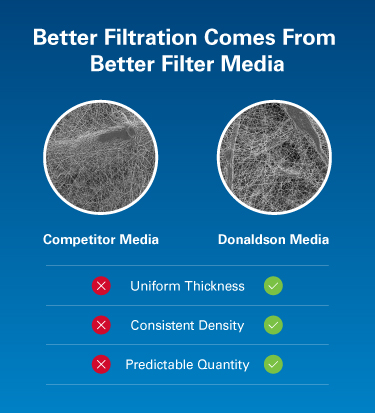
On November 24th this year, the Swedish Hybrid Vehicle Centre or SHC, is holding a program to give an overview on automobiles for the future and vehicle electrification. The program, being held in Gothenburg, will give the public an opportunity to find out about the SHC’s ongoing projects.
The SHC was set up in 2007 by the Swedish Energy Agency at the Chalmers University of Technology campus but is a joint initiative of Chalmers, the Royal Institute of Technology and Lund University as well as Swedish automotive manufacturers such as AB Volvo, Scania CV AB, Saab Automobile AB/GM Powertrain Sweden AB, Volvo Car Corporation and BAE Systems Hägglunds AB.
The SHC’s mission is to be a strategic knowledge and competence base for education, research and development within hybrid electric vehicles, and to form a framework for cooperation between industry and academia. Its objectives include the creation of knowledge and understanding for the fundamental processes in hybrid vehicle technology through experiments, simulations and modeling.
Other aims of the centre include defining and investigating new technologies and hybrid vehicle concepts that will lead to more fuel effective vehicles. The research work of the SHC focuses on a systems perspective, emphasizing on integration of and interaction between components and subsystems. The work of the centre is divided into three thematic areas – system studies and tools, electrical machines and drives and energy storage.
“There are two challenges hybrid vehicles (and electric vehicles) will face, the safety of the energy storage, i.e the energy storage must sustain normal operations and also impact loads. Secondly there will be now requirements for EVs in particular, with a demand for lower vehicle weights ( to accommodate batteries) and thus new active and possibly passive solutions might be necessary. We aim to address this latter issue in collaboration with the Centre SAFER (Traffic and Vehicle safety).
Work with Li-based batteries is ongoing at several places throughout the world as it is seen as the next generation of batteries for hybrid vehicles and electric vehicles. At SHC we have projects working with the battery cell, trying to find material combinations that will improve the energy output and also the safety. We have also started projects dealing with the performance of battery systems,” said Lennart Josefson, director of the SHC in an earlier interview to AI.
The SHC is also researching the energy management of hybrid vehicles according to the routes traveled and the development of electric motors operating with integrated charging. Another automotive research wing at Chalmers University is the SAFER Vehicle and Traffic Safety Centre. Here, research spans a broad base, covering several disciplines and encompassing both traffic and vehicle safety in real environments. The centre’s activities engage the very elite in the field of traffic safety, and the results contribute to increasing the competitive advantages of the centre’s partner companies and organizations. The SAFER centre has 22 partners from academia, industry and society cooperate in the design of future vehicle and traffic safety systems.
Both the SAFER Vehicle and Traffic Safety Centre and the SHC are working together to bring competences in hybrid vehicle technology and vehicle safety together. The objective is to propose new (light weight) vehicle architectures, with electric motors as primary energy source, that can meet future safety requirements. The SHC also has projects involving batteries. The SHC is working on finding the ideal material combinations that will improve the energy output and also the safety of batteries.
Automotive Industries spoke to Lennart Josefson, Professor of Solid Mechanics at the Department of Applied Mechanics and director of the Swedish Hybrid Vehicle Centre at the Chalmers University of Technology in Sweden.
AI: What are some of the challenges that need to be overcome in the quest for the development of reliable and safe batteries? What kind of work is the centre doing in the field of lithium-ion batteries?
Finding electrolyte additives that can provide safety while having good electron transport properties, finding better electrode material combinations and also better models for the cell behavior.
AI: What are some of the solutions being developed at the centre for charging?
We are actively working with verifying concepts that integrate charging with the electric motor.
AI: How can optimal energy management be achieved by using route planning?
With the route for a vehicle known ( for example bus lines) it is possible to optimize charging and discharging of the energy storage system as well as gear shifts and engine on/off decisions. This optimization may lead to fuel savings
AI: What role do range extenders play in EVs? What work is the SHC doing in this field?
Range extenders can extend the driving range for an electric vehicle while providing a redundancy in propulsion and also possibly a lower weight (trading battery weight with the weight of the range extender). This solution can be attractive, when using biofuels for the extender one may reach low CO2 emission levels. The challenge is to produce a range extender at low cost and with good NVH properties. SHC is currently working with a proposal for an EU-project on a multi-fuel range extender.
AI: What are some of the smart solutions for electric motors that you see becoming viable commercial solutions in the near term future?
We will see several solutions for charging and discharging , and interacting with the grid.
AI: What are some of the issues that are critically important to the SHC? How do you think it is possible to combine the demands on safety and low emissions for vehicle architectures?
The performance of battery systems in real loading situations.
To combine demands on safety and emissions one needs to design lighter and smaller vehicles, using new material in the body structure and most likely also utilizing innovative passive safety features or introducing more active safety features.














More Stories
AUO Returning to CES Showcase Next Generation Smart Cockpit 2025
Donaldson Ultra-Web technology aims to set the standard in industrial filtration for cleaner air and cost-savings
Hydrogen’s Role in Decarbonising Sports and Entertainment Events